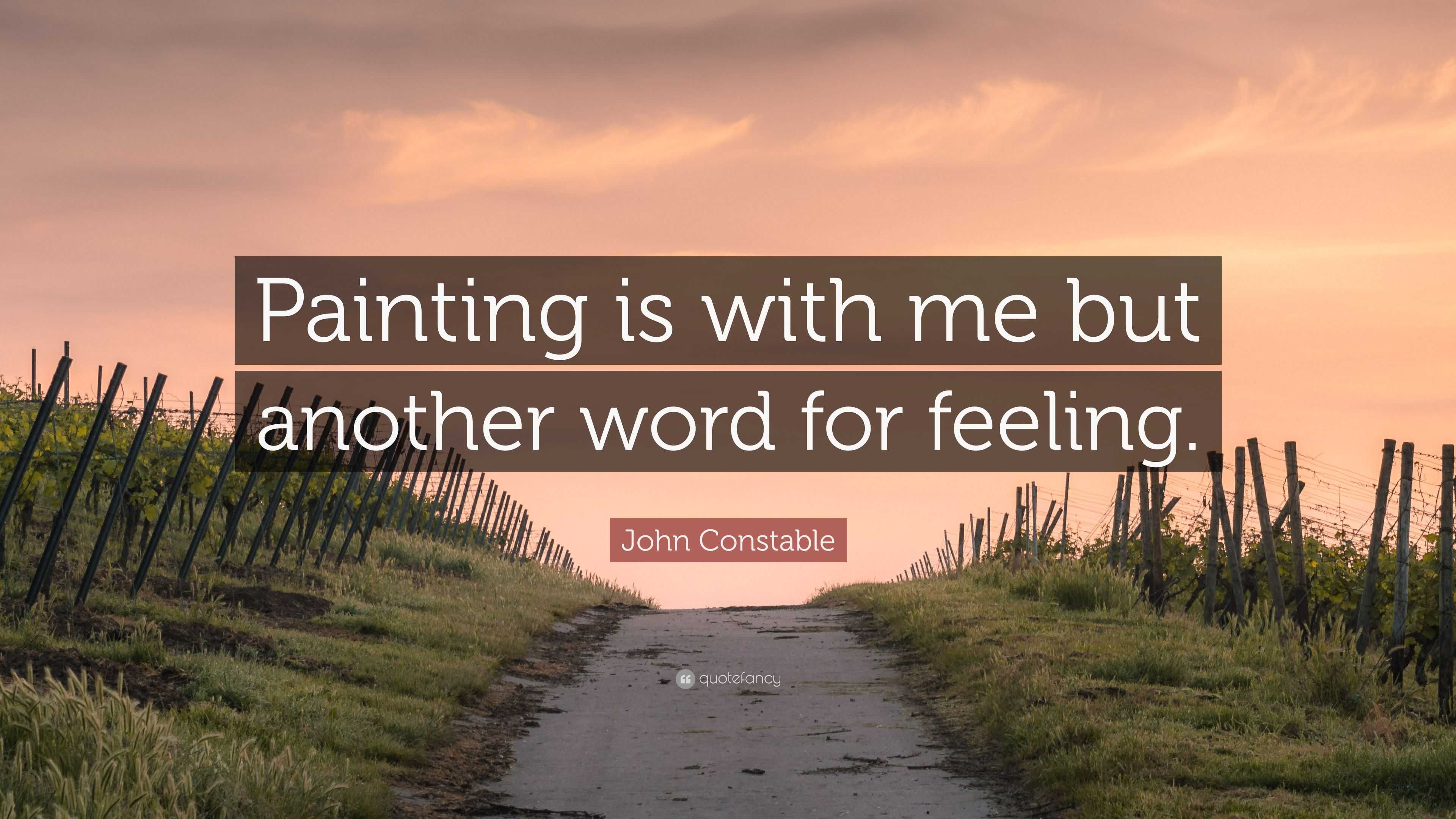
Other results are instructive in their own right. Most remarkable to me was the Moonwalker theme, which created what seems quite a lot like traditional paintings of Mary’s many apparitions around the world. It enthusiastically channels the long tradition of Marian artwork throughout Catholic history, often with direct allusions to specific motifs of the Catholic artistic tradition. was drawn to one of the “weirdest” aspects of our faith, one that a lot of other Christians don’t quite get. There is a stunning Blacklight Mary (who might be reminding us to wear masks?), the vague impression of a Vibrant Mary, who waits for us in every color of the rainbow at the Kingdom of Heaven, and even a slightly disturbing Steampunk Mary, who reaches out her bionic arms to embrace all of humanity.īecause devotion to the Blessed Mother is so distinctly Catholic, it makes sense that she would make a few “apparitions” in the algorithm. Though often hard to make out in some images, Mary makes a fair number of appearances throughout the filters. The "Blacklight" filterĪnother recurring theme is a special attention to the Blessed Mother. Indeed, this way of envisioning the Catholic “aesthetic” has a lot of weight in popular culture, both among those who grew up in the church and among a growing internet subculture interested in a certain countercultural Catholic beauty.

This class of paintings associated Catholicism with some of its most recognizable cultural icons and its unique emphasis on communicating the faith through the beautiful. Some, like the Ghibli, Provenance and Watercolor filters, honed in on the intricacy of Catholic architecture.

The first thing that stood out was the intense variety of focuses these images had. But I think that many are also thematically revelatory. Some of the images were just remarkably beautiful, even if I couldn’t understand what exactly was going on. On an aesthetic level, the results were stunning. In total, there are 22 different styles in which I could render the A.I.’s understanding of our faith. Another tries to replicate watercolor works. One filter creates artwork in the Ukiyo-e style of Japanese art.
#Another word for painting a picture generator#
image generator that tries to create artwork in different styles based on the user’s request. So I spent one very fun evening running the term “Catholicism” through all of the filters of “ Dream by Wombo,” an A.I. can generate a picture of a “duck sitting in an office chair eating waffles.” What happens, however, if I put in an abstract concept? What happens, however, if I put in an abstract concept? What does the algorithm have to say about capitalism? What does it have to offer for justice? What about love? can generate a picture of a “duck sitting in an office chair eating waffles.” It’s easy enough to recognize the constituent parts and mash them together in a way that makes sense. complies.Īfter a while, though, I wanted more. Like a seven year-old awed by the magician’s sleight of hand, I say, “Do it again, do it again,” and the A.I. There’s an endless novelty to it all-I’ve spent hours on these websites asking the ever-mysterious algorithm to come up with different creations, each more esoteric and weird than the last. They have become instant internet hits, and why wouldn’t they? That I can type in “duck sitting in an office chair eating waffles,” for instance, and come back with a picture of, well, a duck sitting in an office chair eating waffles, evokes a certain awe even in my generation of digital natives. The technology has come a long way, and a recent crop of websites have emerged that purport to create A.I.-generated images or drawings from any user-submitted prompt. The internet has been ablaze over the last few months with surprisingly good artwork and images generated by artificial intelligence.

Artificial intelligence has been getting scarily good lately, and people are starting to notice.


 0 kommentar(er)
0 kommentar(er)
